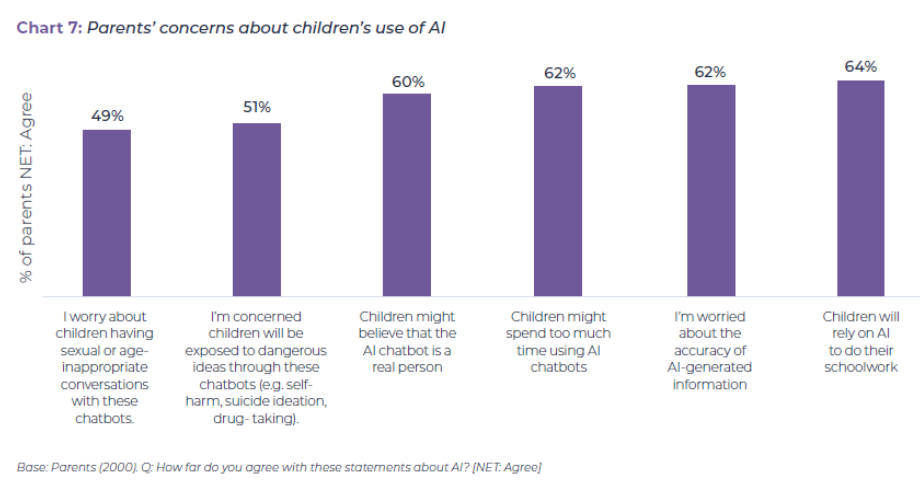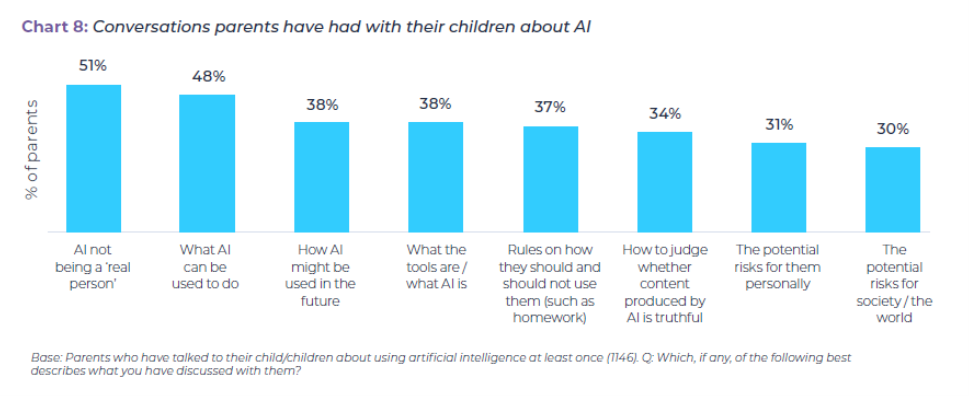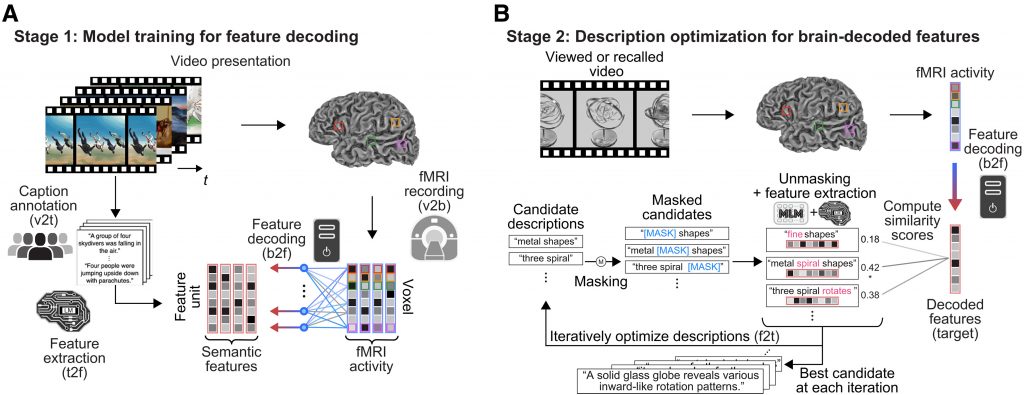
You surely remember Tom Sawyer. He became famous in economic psychology with his ingenious idea: he reframed the hated chore of whitewashing the fence as an exclusive privilege, convincing his friends to pay him to do his work instead of him.
A recent MIT Technology Review article describes an AI model whose data source is an extremely sensitive area: inmate communication. Furthermore, it explicitly exploits the Tom Sawyer Effect.
However, the ethical dilemmas associated with this are far more general; they do not remain within the walls of prisons.
What risk do you take on as a leader when the algorithm starts analyzing thoughts instead of actions?
Let’s briefly examine two interesting aspects: 👇
[Read more…] about ⛔Company Thought Police? At your cost? 🤯








